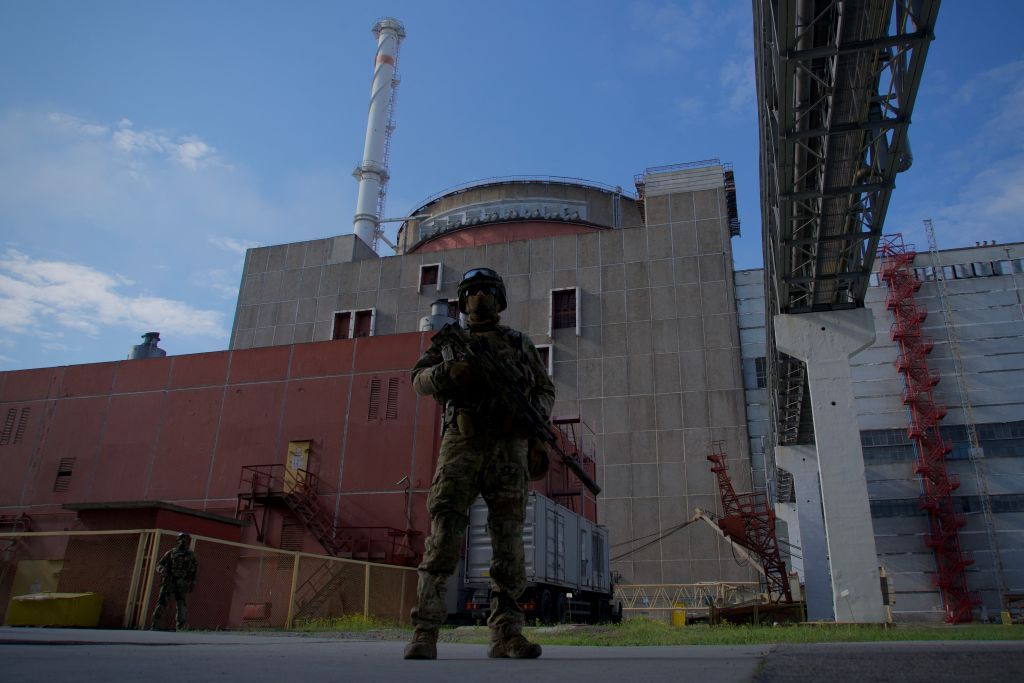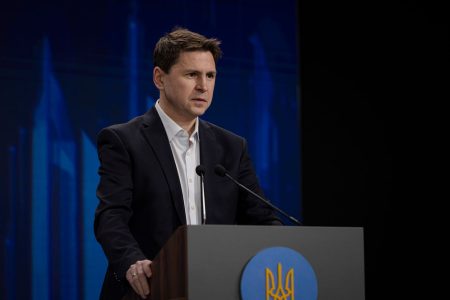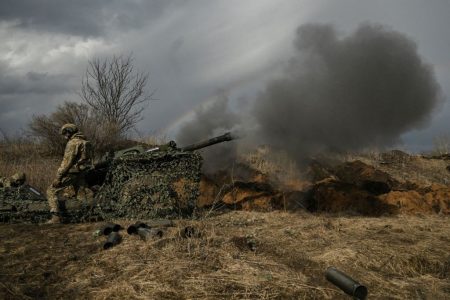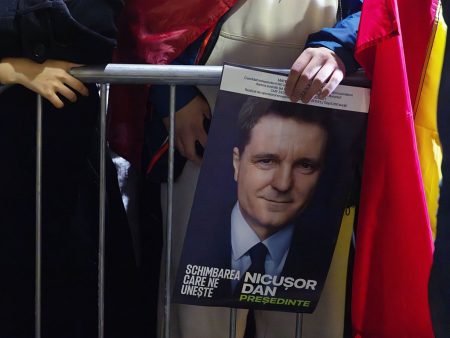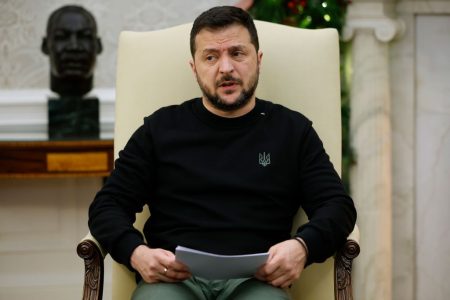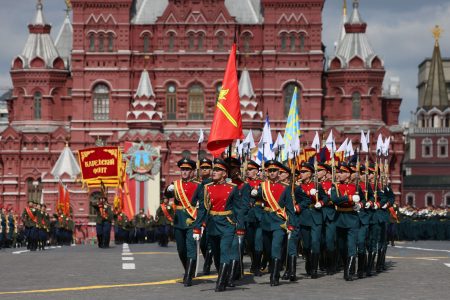The International Atomic Energy Agency (IAEA) confirmed that the Zaporizhzhia Nuclear Power Plant in Ukraine had suffered at least three direct strikes on its main reactor containment structures, marking the first confirmed strike since November 2022. IAEA Director General Rafael Grossi emphasized the importance of avoiding attacks on nuclear facilities, stating that no one can benefit from such actions. The IAEA reported that drone strikes had caused physical impact at one of the plant’s reactors and resulted in one casualty. Ukrainian military intelligence denied any involvement in the drone explosion at the power plant, attributing it to Russian false flag operations. The Zaporizhzhia Nuclear Power Plant, the largest in Europe, has been under Russian occupation since March 2022, and IAEA teams have been stationed at the facility since September of the same year.
Despite the drone detonation at the Zaporizhzhia Nuclear Power Plant, the IAEA did not provide any details about who had launched the drone. The incident raised concerns about the potential impact on the reactor’s containment system, although the IAEA assured that nuclear safety had not been compromised. Ukrainian military intelligence reiterated that Ukraine was not involved in the explosion and disassociated themselves from the incident. The ongoing conflict in Ukraine has heightened tensions and raised the risk of attacks on critical infrastructure, including nuclear facilities. The IAEA’s presence at the Zaporizhzhia Nuclear Power Plant highlights the importance of international monitoring and cooperation to prevent nuclear accidents and ensure the safety of such facilities amidst conflict.
The IAEA’s confirmation of direct strikes on the Zaporizhzhia Nuclear Power Plant underscores the vulnerability of nuclear facilities during times of conflict. The agency’s emphasis on the need to protect nuclear sites from attacks highlights the potential catastrophic consequences of targeting such facilities. The denial of involvement by Ukrainian military intelligence and allegations of Russian false flag operations point to the complex dynamics at play in the ongoing conflict in Ukraine. As one of the largest nuclear power plants in Europe, the Zaporizhzhia facility plays a critical role in the region’s energy supply and must be safeguarded against threats to prevent a nuclear disaster.
The drone detonation at the Zaporizhzhia Nuclear Power Plant serves as a stark reminder of the risks associated with the conflict in Ukraine and the potential for escalation. The incident has raised concerns about the integrity of the reactor’s containment system and the safety of the facility. International organizations like the IAEA play a crucial role in monitoring and assessing the situation to prevent further incidents and ensure the safety of nuclear facilities. The presence of IAEA teams at the Zaporizhzhia Nuclear Power Plant demonstrates the commitment to upholding nuclear safety standards in the face of conflict and instability, emphasizing the importance of international cooperation in safeguarding critical infrastructure.
The situation at the Zaporizhzhia Nuclear Power Plant highlights the need for continued vigilance and monitoring to prevent potential threats to nuclear facilities. The IAEA’s confirmation of direct strikes on the plant’s main reactor containment structures underscores the seriousness of the situation and the potential consequences of such attacks. The denial of involvement by Ukrainian military intelligence and the allegations of Russian false flag operations further complicate the security situation at the plant. As the conflict in Ukraine continues, it is essential to prioritize the safety and security of nuclear facilities to prevent a potential nuclear disaster. International cooperation and collaboration are crucial in addressing the challenges posed by conflict and ensuring the safety of critical infrastructure in times of crisis.









